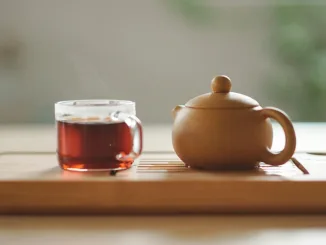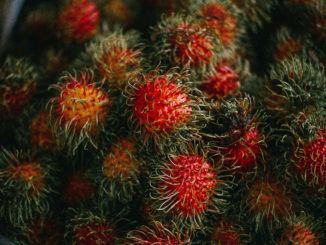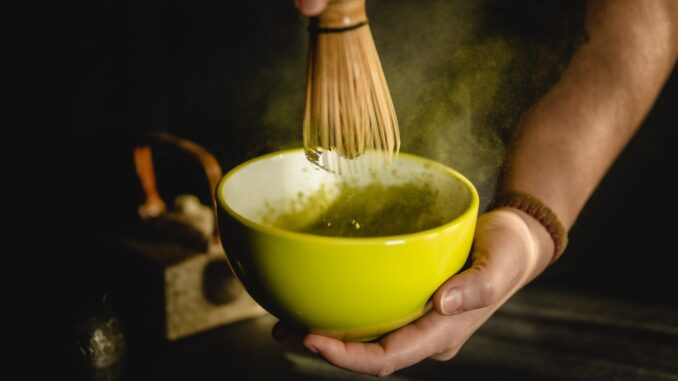
You’ve heard of matcha; how about hojicha? Like matcha, hojicha is a form of green tea powder—but it takes on an earthy, smoky flavor after being roasted at high temperatures.
BY EMILY MENESES
SENIOR ONLINE CONTRIBUTOR
Cover photo by sentidos humanos via Unsplash
It’s safe to say that matcha has found a permanent place on most café menus as an alternative to coffee—but have you heard of hojicha? In Japan, hojicha is an overarching term that describes any green tea that’s been roasted. The word hojicha is derived from a Japanese verb meaning “to roast.” For centuries, the tea has been lauded for its soothing aroma, earthy and balanced flavor, and relaxing properties. Today we’re exploring hojicha, the ways in which it differs from matcha and green tea, and how it’s being incorporated into café menus.
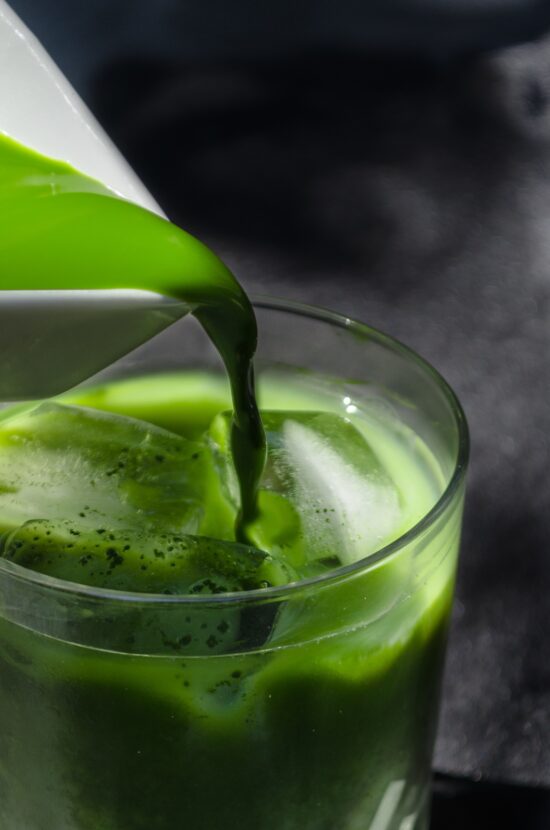
Matcha and Green Tea: What’s the Difference?
Before delving into hojicha, one must first understand the difference between matcha and green tea. To put it simply, matcha powder is a form of green tea powder—but not all green tea powder is matcha powder. Both matcha powder and green tea powder come from the Camellia sinensis plant, but matcha is made specifically from plants that are shaded during the last month of cultivation. This shade period slows down the plants’ photosynthesis rates. This increases levels of L-theanine, chlorophyll, and antioxidants, resulting in matcha’s distinct, bright green color and full-bodied flavor.
Matcha vs. Hojicha
So what exactly is hojicha? Like matcha, hojicha is a form of green tea powder. However, matcha is ground from young tea leaves, while hojicha comes from mature tea leaves, stalks, and stems that are roasted before being stone-ground into powder. While matcha is bright green in color, hojicha is reddish-brown. It also contains significantly less caffeine: Matcha has over 20 times as much caffeine as hojicha! This is because the parts of the Camellia sinensis plant used to make hojicha contain less caffeine, and the heat from roasting also breaks some of the caffeine down. When it comes to flavor, hojicha is smoky, earthy, and slightly sweet yet savory—a smooth and full-bodied alternative to matcha’s bright, grassy, and vegetal taste.
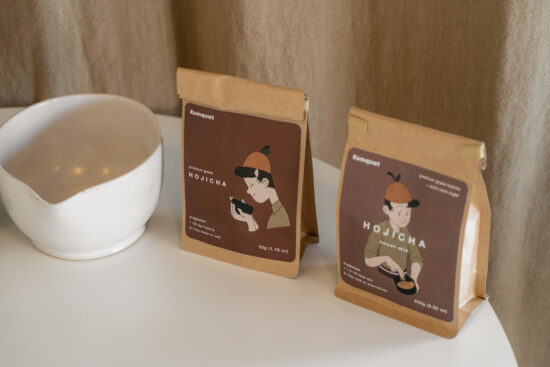
Hojicha’s Health Benefits
Like green tea, hojicha is known to be high in antioxidants, helping reduce signs of aging and naturally cleanse the body. In addition, hojicha is stress-relieving and focus-enhancing, which is the result of the presence of L-theanine. Hojicha is also a good alternative for those who are sensitive to caffeine: A cup of coffee usually contains about 100 mg of caffeine, while a cup of hojicha contains only about 8 mg.
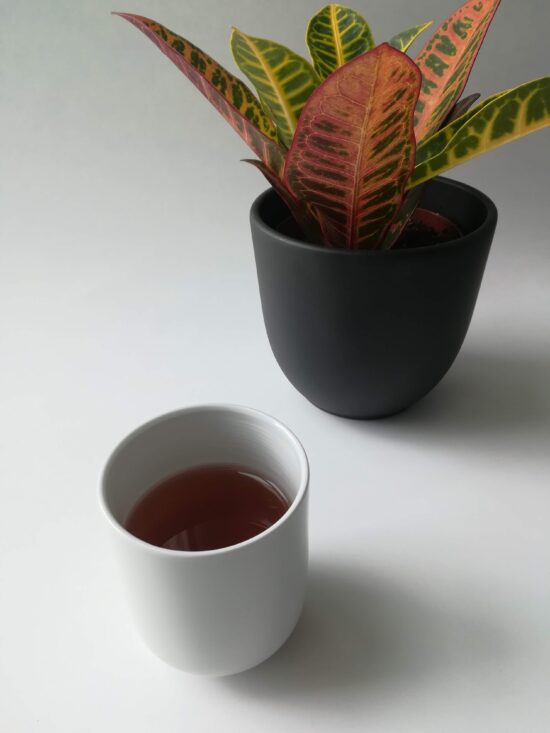
Hojicha in Café Drinks
Like matcha, hojicha is typically found as a powder and stirred with a bamboo whisk in a matcha bowl. Gentle, circular motions combine the hojicha powder with a small amount of warm water; then the preparer adds more hot water to make a straight tea or adds milk to make a hojicha latte. It’s also common to see hojicha prepared as an iced straight tea or iced latte.
Do a quick search to find what cafés near you are offering hojicha, or try your hand at making some at home! With its smoky, earthy, and umami flavor, it’s sure to become a part of your daily beverage rotation.
ABOUT THE AUTHOR
Based in Los Angeles, Emily Joy Meneses (she/her) is a writer and musician passionate about culture and collective care. You can regularly find her at Echo Park Lake, drinking a cortado and journaling about astrology, art, Animal Crossing, and her dreams. Explore her poetry, short stories, and soundscapes on her website.


